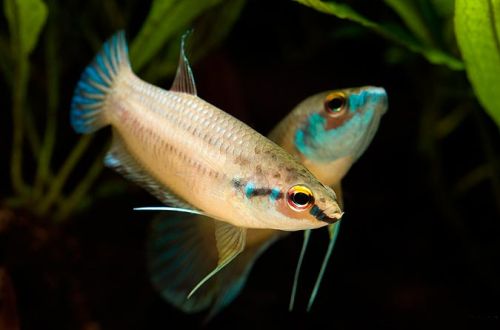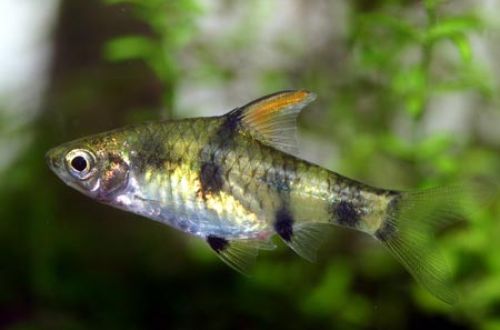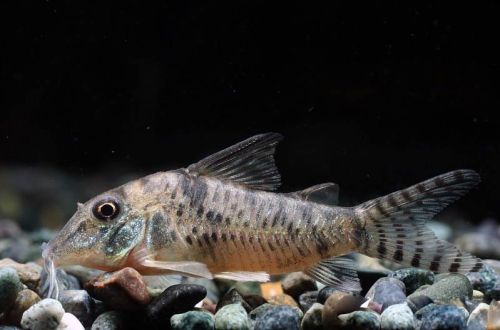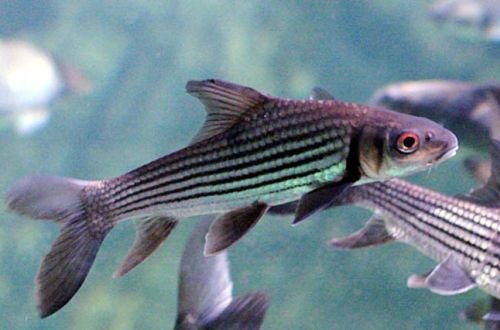
Betta Kune
Betta Kuehne or Cockerel Kuehne, scientific name Betta kuehnei, belongs to the Osphronemidae family. The fish is named after the collector Jens Kühne, thanks to whom the fish became widespread in the aquarium trade. Easy to keep and breed, compatible with other non-aggressive species of comparable size.

Contents
Habitat
It comes from Southeast Asia from the Malay Peninsula from the territory of southern Thailand and, bordering it, the northern provinces of Malaysia. Inhabits small streams and rivers flowing through tropical rainforest. A typical habitat is a flowing reservoir with a weak current, clean clear water with low values of hydrochemical parameters. The bottom is covered with a layer of fallen leaves, branches and other plant debris, which is penetrated by numerous tree roots.
Brief information:
- The volume of the aquarium – from 50 liters.
- Temperature – 21-25°C
- Value pH — 6.0–7.5
- Water hardness – 1–5 dGH
- Substrate type – any
- Lighting – subdued
- Brackish water – no
- Water movement – little or no
- The size of the fish is 5–6 cm.
- Food – any food
- Temperament – peaceful
- Content – singles, pairs or in a group
Description
Adult individuals reach a length of 5-6 cm. Males, unlike females, look larger and have more elongated fin tips, the body color is light gray with blue horizontal stripes, the lower part of the head and the edges of the fins are painted in the same color. In males, iridescent pigmentation is more pronounced.
Food
An omnivorous species, they will accept popular dry food in the form of flakes, granules, etc. It is recommended to diversify the diet with specialized products containing a large amount of protein, or serve live or frozen brine shrimp, daphnia, bloodworms, small flies, mosquitoes, etc.
Maintenance and care, arrangement of the aquarium
The optimal size of the aquarium for one or two fish starts from 50 liters. It is preferable to design with numerous shelters, which can be thickets of aquatic plants, driftwood, decorative items, or ordinary ceramic pots turned over on their side, etc.
A useful addition to the design will be the dried leaves of some trees, pre-soaked and placed on the bottom. They contribute to giving water a composition similar to that in which fish live in nature, due to the release of tannins in the process of decomposition. Read more in the article “Which tree leaves can be used in an aquarium.”
It has been noted that bright lighting does not affect the color of fish in the best way, so it is advisable to set a subdued level of lighting or shade the aquarium with floating plants. In this case, when choosing live rooting plants, shade-loving species should be preferred.
The key to successful keeping of Betta Kuehne is to maintain stable water conditions within an acceptable range of temperatures and hydrochemical values. To this end, along with the installation of the necessary equipment, regular aquarium maintenance procedures are carried out. Particular attention is paid to water treatment during the replacement of part of the water with fresh water. It needs to have low pH and dGH values.
Behavior and Compatibility
It has a peaceful and calm disposition, although it belongs to the group of fighting fish. It should be combined only with fish similar in temperament and size. Too active neighbors can intimidate and push her to a remote corner, as a result, Betta Kühne may not get enough food. Intraspecific relationships are built on the dominance of the al-fa male. In a small tank, males will inevitably compete for the attention of females, so it is recommended to keep a male / female pair or a harem type.
Breeding / breeding
Successful breeding is achieved in a species tank where parents and fry are completely safe without undue attention from other fish. With the onset of the breeding season, the male and female begin mutual courtship, which culminates in a kind of embrace dance, when they closely snuggle and wrap themselves around each other. At this point, spawning occurs. The male takes the fertilized eggs into his mouth, where they will be for the entire incubation period, which lasts 9–16 days. Fry can be close to their parents and in this case grow faster if the right food is available.
Fish diseases
The cause of most diseases is unsuitable conditions of detention. A stable habitat will be the key to successful keeping. In the event of symptoms of the disease, first of all, the quality of the water should be checked and, if deviations are found, measures should be taken to correct the situation. If symptoms persist or even worsen, medical treatment will be required. Read more about symptoms and treatments in the Aquarium Fish Diseases section.





